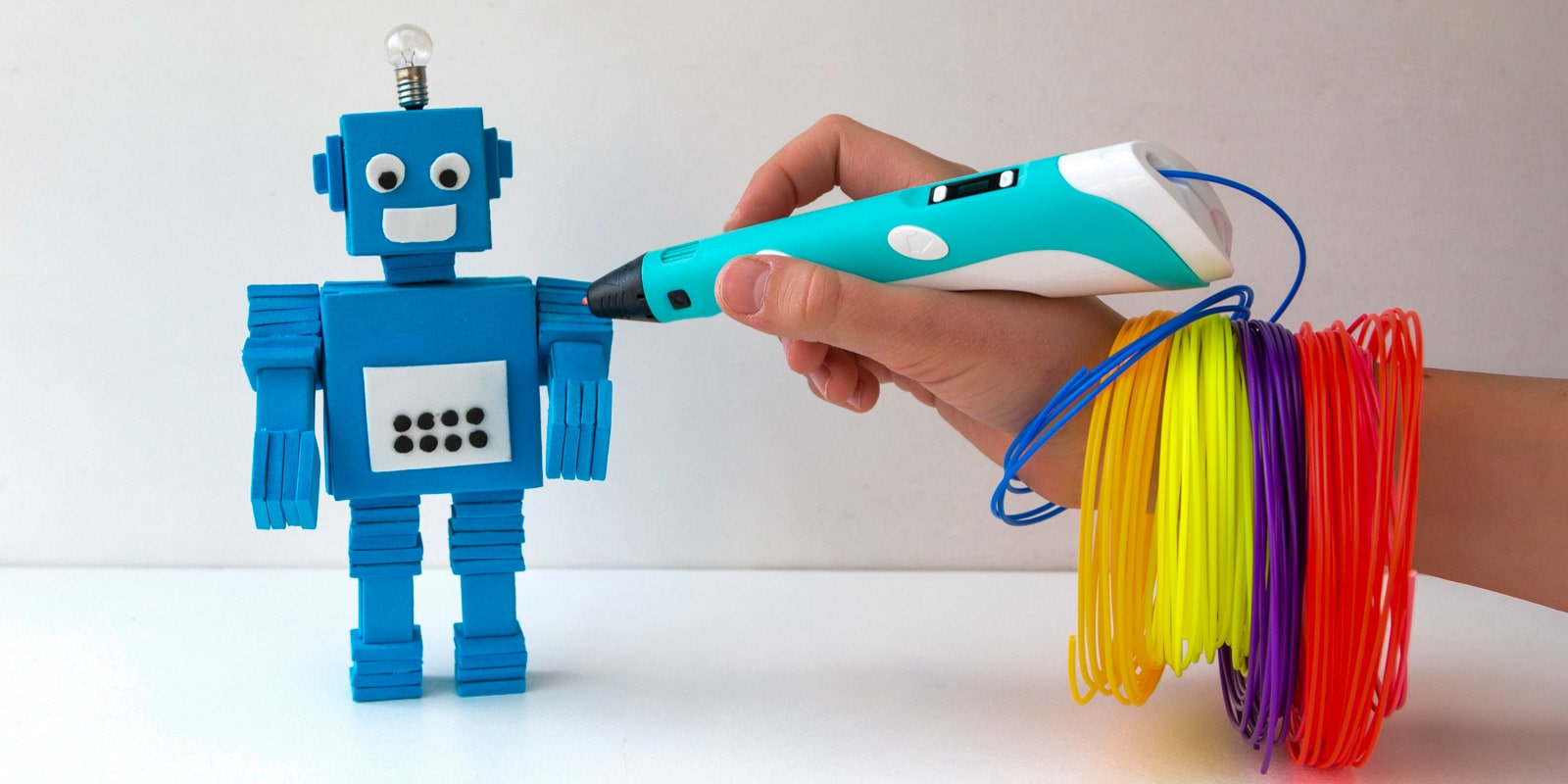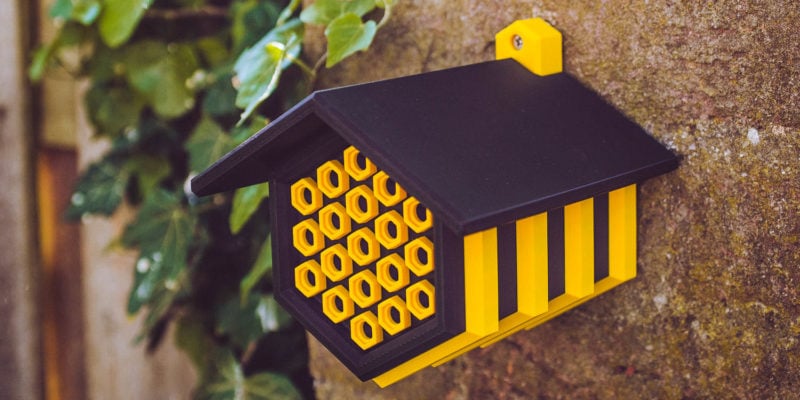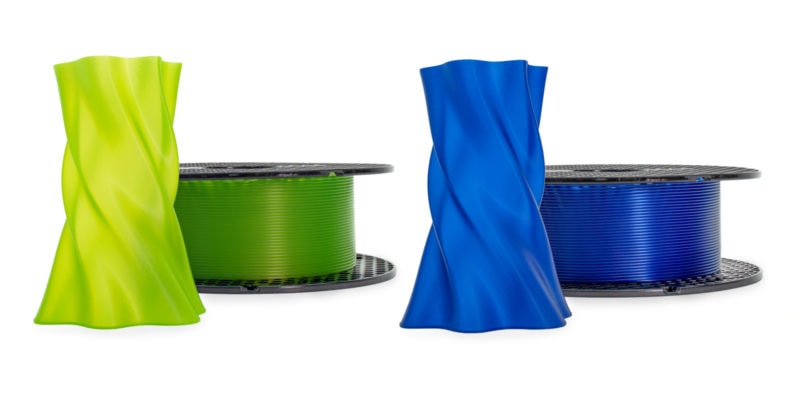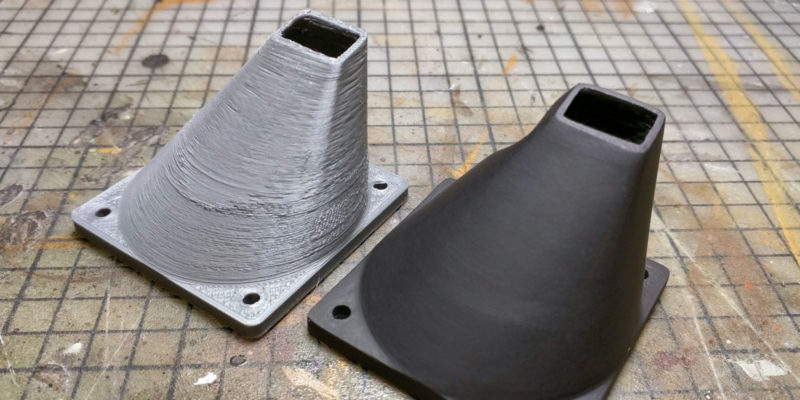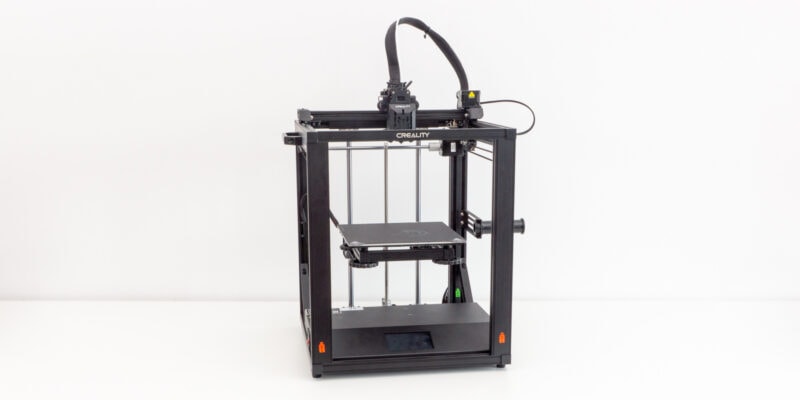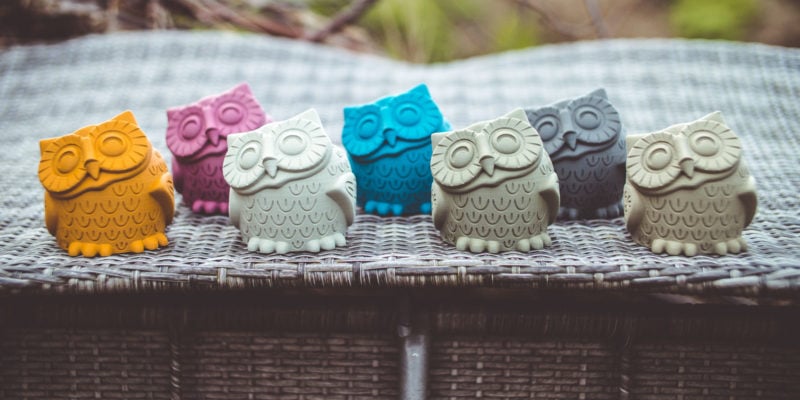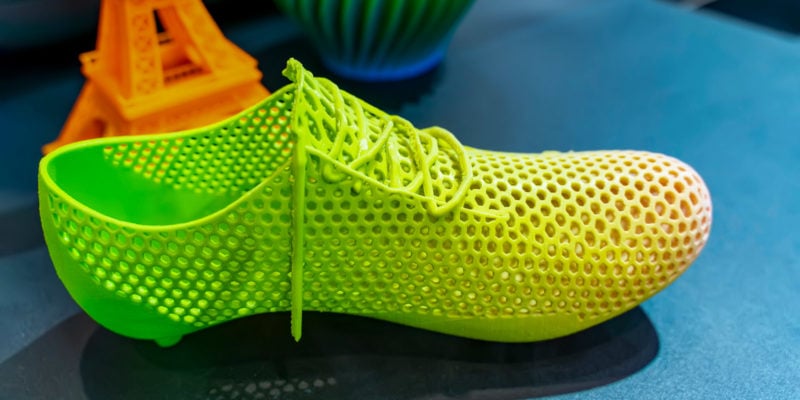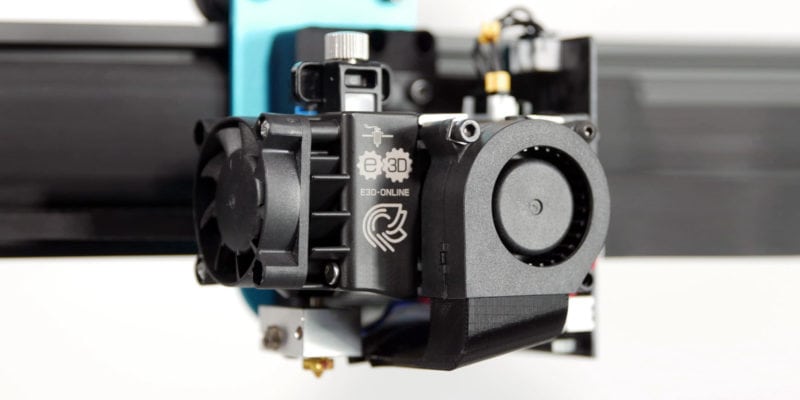You’ve been using your 3D pen long enough that you know all the basic plastics. PLA, ABS, PCL—
Hang on, what the heck is PCL filament?!
Well, PCL is another 3D printing material that works great with 3D pens. Don’t worry if it’s new to you—it isn’t talked about much in the 3D print community.
Want to know more about it? Keep reading! We’re about to tell you all about what PCL filaments are, how it stacks up to PLA filament, and whether you should use them in your 3D pen.
What is PCL Filament?
PCL (Polycaprolactone) is a biodegradable polyester known for its low melting point and high elasticity. It’s a popular material with 3D pen users because of its unique properties that make it safe and easy to use with handheld devices in comparison to other types of filament.
PCL Advantages and Disadvantages
PCL filaments have a melting temperature of 60°C, making them especially suitable for 3D pens since kids can use them without fear of getting burnt. Because it has a very low glass transition temperature of -60°C, it is soft and elastic at room temperature. It’s also low-odor and relatively non-toxic, so it’s safer to use in a 3D pen than materials like ABS or nylon.
Some of PCL’s advantages are also a bit of a disadvantage. For example, its low-temperature resistance means PCL is not very durable in a high-heat environment or as well suited to work in a regular FDM 3D printer as other materials.

Choosing Between PCL vs. PLA Filaments
When choosing between PLA and PCL filaments for 3D printing, it’s important to factor in safety, end-use, and availability.
PLA’s glass transition temperature is 60°C and its melting temperature is around 180-220°C. This means you have to set the nozzle temperature higher than with PCL on your pen, so both the tip and the extruding plastic will be much hotter. This isn’t as much of a concern if you have a pen model that doesn’t heat up at the tip, but the melted plastic may still be too hot for kids to safely work with.
It’s also important to think of the durability and physical properties you want your final print to have.
PLA is hard, durable, and rigid, whereas PCL is flexible and not tough at all. The tensile strength between PLA and PCL is 52-54mpA and 36mpA respectively, so PLA is a more suitable material for handling mechanical stress. At the same time, PCL’s rubber-like consistency is good for projects that need elasticity.
Finally, PLA is widely available as a 3D printing material. You can find it in a variety of colors and styles fairly easily. PCL is less common for 3D printing, so it’s a bit more difficult to find in filament form and is usually more expensive.
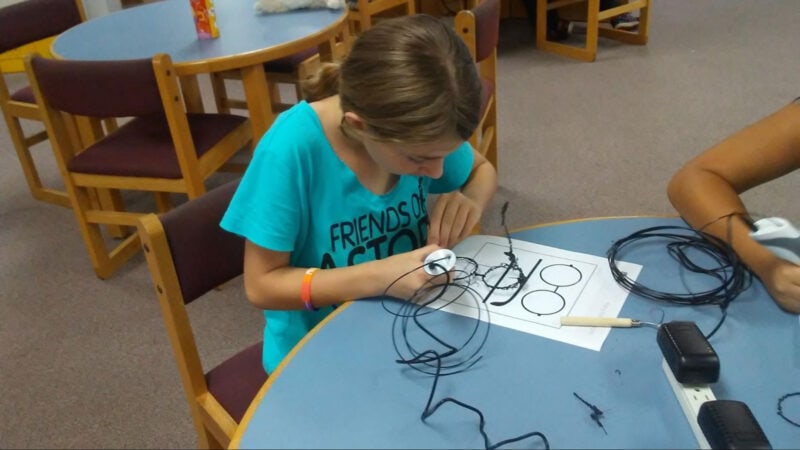
Can You Use PCL in a PLA 3D Pen?
Yes! That’s arguably the best way to use PCL filament.
Since you draw your parts by hand with a 3D pen, you need to keep your head relatively close to it. This can be tricky since some 3D printing materials like ABS let off a lot of harmful fumes and require high temperatures. PCL produces very little fumes when it melts, so it’s one of the safer options for close contact.
Its low melting temperatures also ensure a safer and easier experience with a pen, since the tip doesn’t need to heat much to melt it.
Can PCL Be 3D Printed?
Sometimes. Because PCL filaments usually max out around 140 °C for their print temperature, it is not compatible with all 3D printers. Some printers have a safety feature built into your firmware that won’t let you set the temp below a certain point (usually around 170°C).
This is in place to protect the extruder motor and prevents you from accidentally burning it out by trying to extrude solid filament. Great when working with materials like PLA, ABS, ASA, PETG, Nylon, and so on, but not for PCL.
You may find other sources suggesting you alter your printer’s firmware to bypass the block, but we do not recommend this. It’s a complicated process and you could seriously mess up your printer’s normal functions or ruin your extruder or controller board. Depending on which 3D printer you have, you may also void any warranties or service agreements that come with it.
Is PCL Biodegradeable?
Yes, PCL is biodegradable. In comparison, PLA is biodegradable only in conditions found in industrial composting facilities. PCL can break down naturally in soil, seawater, sewage, et cetera. It takes about a year for any noticeable degradation to occur and up to four years for the material to biodegrade completely.
However, this may not be true for all PCL in filament form. Manufacturers add polymers, dyes, and chemicals to filaments to change their physical and mechanical properties. These additions can sometimes slow or inhibit how biodegradable the plastic is, so it’s important to keep this in mind when choosing a filament brand.

Final Thoughts on PLA and PCL Filament
Both PCL and PLA are suitable filament options for a 3D pen. PLA is stronger, more durable, and more readily available, while PCL is safer, works at lower temperatures, is more flexible, and is more biodegradable. PCL’s low melt point makes it an optimal material for kids to work with since it lowers the risk of burns. Because ambient temperatures soften it, it has a wonderful rubbery, TPU-like flexibility.
While PCL usually doesn’t work in a 3D printer, it performs beautifully in a 3D pen. So, whether you choose it or PLA, you’re bound to get interesting results.
Have you worked with PCL before? Tell us all about it in the comments!
